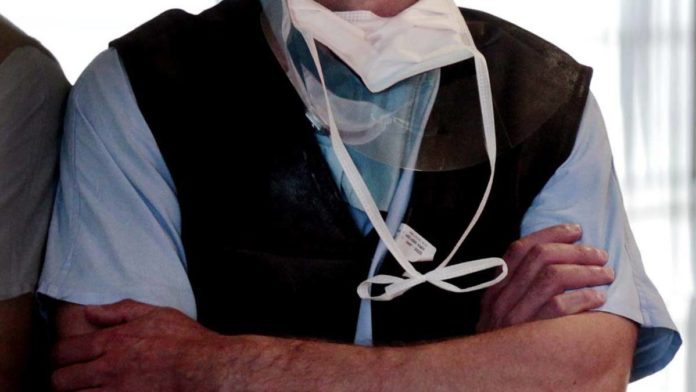Our unis say the training priority is in regional areas.

ALBURY-Wodonga’s two universities have called for action on a new medical school for the region, following a similar move in Perth.
The federal government announced this week it would fund The Curtin Medical School at Midland, about 20 kilometres north-east of Perth.
Charles Sturt and La Trobe universities yesterday said the Western Australian medical school strengthened the case for a Murray Darling school in NSW and Victoria.
The universities’ proposal would centre its training on Orange, Wagga and Bendigo.
Albury-Wodonga with its “substantial campus offering a range of community health programs” would play a major role.
“We’d see Albury-Wodonga as a critical site for the medical program, particularly around medical training,” Murray Darling Medical School executive director Mark Burdack said.
CSU vice-chancellor Andy Vann and his La Trobe counterpart, John Dewar, said the “biggest health workforce crisis” facing the government was “the mal-distribution of doctors across the nation”.
That was clear with the chronic shortage of doctors in rural and regional areas for decades, they said.
“Rural people suffer poor access to local medical and health services, and experience higher levels of chronic disease and death,” they said in a joint statement.
“Medical education policies do more to increase metropolitan doctor numbers than grow the rural medical workforce.
“Charles Sturt University and La Trobe University have been arguing for a rural medical school — the Murray Darling Medical School — based in rural NSW and Victoria, and dedicated to addressing rural medical workforce challenges.”
Mr Burdack said the Perth decision provided much cause for optimism.
And he dismissed the Australian Medical Association’s opposition to the Perth school.
“In terms of clinical training, the AMA has had the position of opposing medical schools for over a decade,” he said.
Mr Burdack said the government was clearly saying new medical schools were required to address doctor shortages.
“Yes, governments then have to commit themselves to supporting the creation of clinical training,” he said.
“Clearly in Western Australia, that’s what the government has committed itself to doing.
“At the end of the day, there are solutions to these problems.
“We can’t let rural health be second place in the health system. If we’ve got a problem with clinical training then governments and universities need to work together to build that capacity.”
Professor Vann and Professor Dewar said there had been an “explosion” of city-based medical schools in the past decade, “while the biggest health workforce crisis facing Australia is a lack of doctors in rural and regional areas”.
“We will now engage our local members, who have been strong supporters of the Murray Darling Medical School, with renewed enthusiasm to deliver a local solution to the needs of regional communities,” he said.
